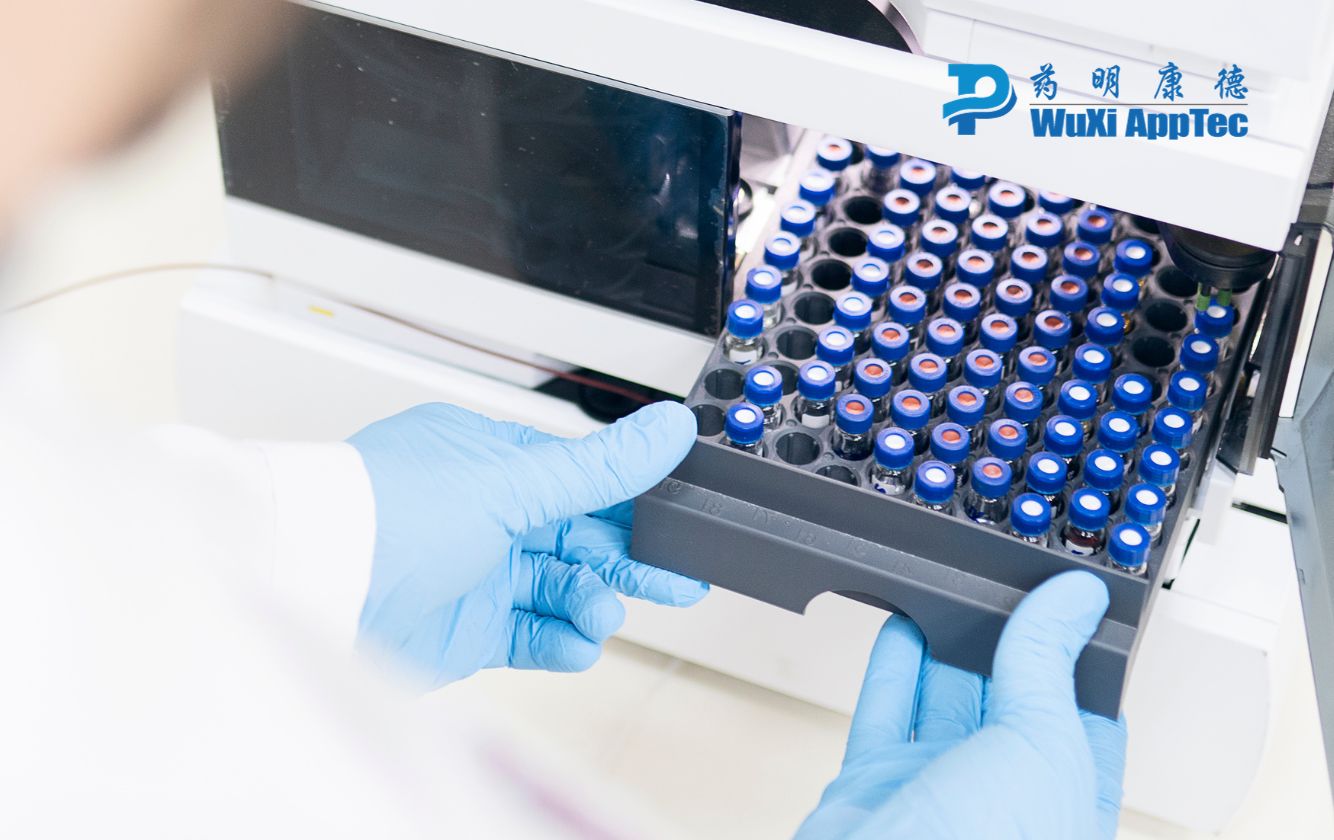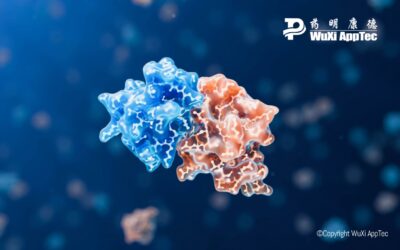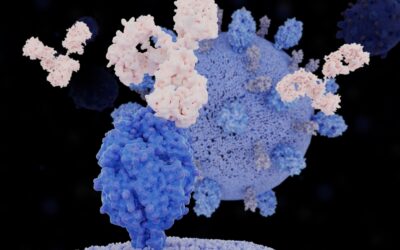Bioanalytical testing platforms are specific analytical tools that analyze and define the amount of drug molecules in biological fluid. Here is an overview of these platforms and when to use them.
To move from one stage to the next in the drug development process, researchers need to make data-driven decisions by generating highly accurate data through a process called bioanalytical testing, or bioanalysis.
Bioanalysis is the process of quantifying drugs and metabolites in biological matrices, including blood, plasma, and urine. This helps researchers better understand how the drug impacts the body so they can put together a complete regulatory submission. To measure drug safety, response, and immunogenicity, biomarkers and the test methods used to assess them need to be fit-for-purpose.
7 Most Common Bioanalytical Testing Platforms
Bioanalytical testing platforms are the techniques used to run assays and perform quantitative and qualitative evaluation of drugs or biomarkers. There are many bioanalytical testing platforms to choose from, each with its own set of advantages and limitations.
Based on the molecule size, type, and sample matrix, bioanalytical experts can discern which assay platform will work best. Then, they typically use the same testing platform through every stage to ensure high-quality and consistent data.
Here is an overview of common bioanalytical testing platforms for small and large molecules.
#1. LC-MS/MS
LC-MS/MS (Liquid Chromatography-Tandem Mass Spectrometry) is a highly sensitive and specific bioanalytical testing platform that allows for accurate quantification of analytes at low concentrations. It provides valuable pharmacokinetic (PK) and toxicokinetic (TK) information and facilitates biomarker discovery.
LC-MS/MS is one of the most common platforms to use in small molecule analysis. It can also be used for peptides and larger molecules, such as oligonucleotides, with an advantage in multiplex analysis capability. However, large molecules have many more options for quantification that are commonly used.
#2. ELISA
ELISA (Enzyme-Linked Immunosorbent Assay) is a common immunoassay technique that quantifies the presence of specific proteins or antibodies in samples through antigen-antibody interactions. ELISA is the most typical ligand-binding assay platform.
This platform is primarily used to quantify PK, TK, and quasi-quantitative evaluation of anti-drug antibody (ADA) properties in large molecular drug modalities, including:
- Peptides
- Oligonucleotides
- Proteins
- Antibodies/ADC
- Vaccine/Gene therapy
- Cell therapy
ELISA offers sensitive and cost-effective approaches for most large molecule bioanalysis. For more sensitivity, multiplex capabilities, broad dynamic determination range, and other improvements to the ELISA platform, though, you might consider the next option: MSD.
#3. MSD
MSD (Meso Scale Discovery) is an electrochemiluminescence-based assay platform that quantifies the concentration of specific proteins and biomarkers in biological samples at a high sensitivity and broad range. MSD is also one of the most popular platforms for multiplex bioanalysis of biomarkers.
MSD should be used for large molecule bioanalysis, biomarker validation, and PK studies – especially when dealing with low-abundance analytes or complex matrices. The commercially available kit provided by the vendor offers great flexibility to the bioanalytical assay development. However, the availability of specific reagents for certain analytes can be limited, which might require an in-house generation and restrict the applications of MSD.
#4. Luminex
A Luminex assay is a multiplexed immunoassay platform that simultaneously quantifies multiple analytes in a single sample using color-coded microspheres (beads). Luminex is another popular platform for multiplex bioassays.
Luminex should be used for large molecule bioanalysis and is particularly valuable when you need to profile cytokines, biomarkers, and immune responses. Luminex offers high-throughput capabilities and the ability to assess multiple targets in a single sample for a comprehensive view of the biomolecular landscape. Luminex is well-suited for biomarker discovery, vaccine development, and immunological studies. Similar to MSD, various multiplex kits are available and can be customized with the vendor.
#5. ELISpot
ELISpot (Enzyme-Linked ImmunoSpot) is a bioanalytical testing platform used to quantify the frequency of cytokine-secreting immune cells (primarily T cells or B cells) in response to specific antigens or stimuli to assess cellular immune response. This is a valuable platform for vaccine development.
#6. FACS
FACS (Fluorescence-Activated Cell Sorting) is a flow cytometry-based technique that bioanalytical experts use to identify, isolate, and characterize individual cells in a heterogeneous population based on their fluorescent properties.
FACS is a powerful tool for immunophenotyping, cell sorting, intracellular cytokine releasing, and receptor occupancy (RO), which quantifies the binding of therapeutics to their targets on the cell surface. FACS is a great technique for studying cellular behavior and function for vaccine development, cell therapy development, and large molecule applications.
#7. qPCR
qPCR (Quantitative Polymerase Chain Reaction) is a highly sensitive testing platform that quantifies nucleotides by using fluorescent dyes to amplify DNA. It tracks the amplification process in real time, providing immediate data during the reaction.
qPCR is widely used for gene expression analysis and cell-based assays. Together with other platforms based on the same technique – including RT-qPCR and ddPCR – qPCR can analyze drug modality ranges from mRNA, miRNA, and siRNA to AAV et al. gene therapeutics at moderate to low target concentrations.
Conclusion
Selecting the right bioanalytical testing platform for your small or large molecule is a foundational part of your drug development program.
There are common testing platforms that are used for small and large molecules, and hundreds of nonproprietary methods for those platforms are available. However, the right method might need to be developed, especially if you’re working with a new modality. This entire process requires strict regulatory adherence to ensure a method is robust enough to support your regulatory submissions.
To ensure success, work ahead. Developing the right method on the right bioanalytical testing platform takes time. Most drug developers work with a method development and validation partner with regulatory and technical experience. With this support, you can put together a complete regulatory submission with high-quality data – and get one step closer to your first-in-human clinical trials.
As a global company with operations across Asia, Europe, and North America, WuXi AppTec provides a broad portfolio of R&D and manufacturing services that enable the global pharmaceutical and life sciences industry to advance discoveries and deliver groundbreaking treatments to patients. Through its unique business models, WuXi AppTec’s integrated, end-to-end services include chemistry drug CRDMO (Contract Research, Development and Manufacturing Organization), biology discovery, preclinical testing and clinical research services, helping customers improve the productivity of advancing healthcare products through cost-effective and efficient solutions. WuXi AppTec received an AA ESG rating from MSCI for the fourth consecutive year in 2024 and its open-access platform is enabling around 6,000 customers from over 30 countries to improve the health of those in need – and to realize the vision that “every drug can be made and every disease can be treated.”


